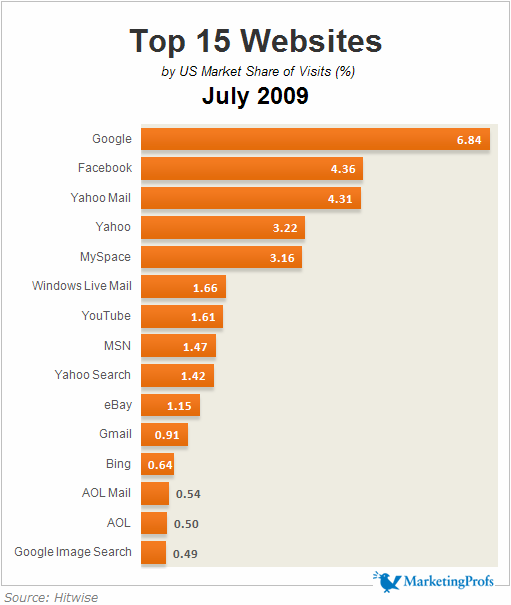SOMERSET, N.J., Aug. 3, 2009 (GLOBE NEWSWIRE) -- inVentiv Health (Nasdaq:VTIV - News), a leading provider of commercialization services to the global pharmaceutical and healthcare industries, announced today it has established inVentiv Japan, a Tokyo-based operation that will provide commercialization services to healthcare clients.
"Japan is among the largest pharmaceutical markets in the world and our clients are launching many products into the Japanese market," said Blane Walter, Chief Executive Officer of inVentiv Health, Inc. "Establishing inVentiv Japan will enable us to fulfill our clients' needs, while also supporting inVentiv's growth as a global healthcare leader."
inVentiv Japan will provide outsourced sales solutions through the company's Selling Solutions division. inVentiv currently has agreements with four top 20 pharmaceutical companies and a Japanese specialty pharmaceutical manufacturer to provide sales teams that will promote several of their products in Japan.
Japan was a $76.6 billion market for pharmaceutical sales in 2008, with expected growth of 4-5% in 2009, according to IMS data. The market is comprised of approximately 56,000 pharmaceutical sales representatives, but only about 4% are currently outsourced.
"We believe there is significant opportunity for outsourced sales growth in Japan," said Terry Herring, President and COO of inVentiv Health, Inc. "Not only have many top-selling U.S. pharmaceutical products not yet launched in Japan, but a growing number of pharmaceutical companies in Japan are looking to increase the flexibility of their workforce. We have been extremely pleased by the initial response to our offering over the past quarter, and we are excited by the opportunity to build additional client relationships in this expanding market."
inVentiv's sales operation in Japan is led by Dan Feldman. Mr. Feldman has more than 20 years of senior management experience in marketing and sales of ethical and over-the-counter pharmaceutical products, and in the delivery of outsourced services in Japan, Asia, and Australia. Prior to joining inVentiv, he served as Vice President of Sales at Merck-Banyu in Japan, and held several senior-level positions with pharmaceutical service providers in Japan and Korea. Mr. Feldman also previously founded Churchill Communications, the first healthcare communications firm in Japan.
"Dan Feldman is the ideal person to lead our sales operation in Japan. His experience managing pharmaceutical commercialization efforts in Japan and throughout Asia is unparalleled. Also, having worked for both pharmaceutical manufacturers and service providers, he brings valuable perspectives on the needs of our clients," said Thomas Dimke, Senior Vice President, overseeing international efforts for inVentiv Selling Solutions.
In addition to its Selling Solutions offering, inVentiv Health also has Communications capabilities in Japan through an affiliate relationship with Ad-comm Group, a privately-held network of specialized communications companies in Japan.
About inVentiv Health
inVentiv Health, Inc. (Nasdaq:VTIV - News) is an insights-driven global healthcare leader that provides dynamic solutions to deliver customer and patient success. inVentiv delivers its customized clinical, sales, marketing and communications solutions through its four core business segments: inVentiv Clinical, inVentiv Communications, inVentiv Commercial, and inVentiv Patient Outcomes. inVentiv Health's client roster is comprised of more than 350 leading pharmaceutical, biotech, life sciences and healthcare payor companies, including all top 20 global pharmaceutical manufacturers. For more information, visit www.inventivhealth.com.
The inVentiv Health, Inc. logo is available at http://www.globenewswire.com/newsroom/prs/?pkgid=4942
This press release contains forward-looking statements within the meaning of the Private Securities Litigation Reform Act of 1995. Such forward-looking statements involve known and unknown risks that may cause inVentiv Health's performance to differ materially. Such risks include, without limitation: changes in trends in the pharmaceutical industry or in pharmaceutical outsourcing; our ability to compete successfully with other services in the market; our ability to maintain large client contracts or to enter into new contracts; and, our ability to operate successfully in new lines of business. Readers of this press release are referred to documents filed from time to time by inVentiv Health, Inc. with the Securities and Exchange Commission for further discussion of these and other factors.








